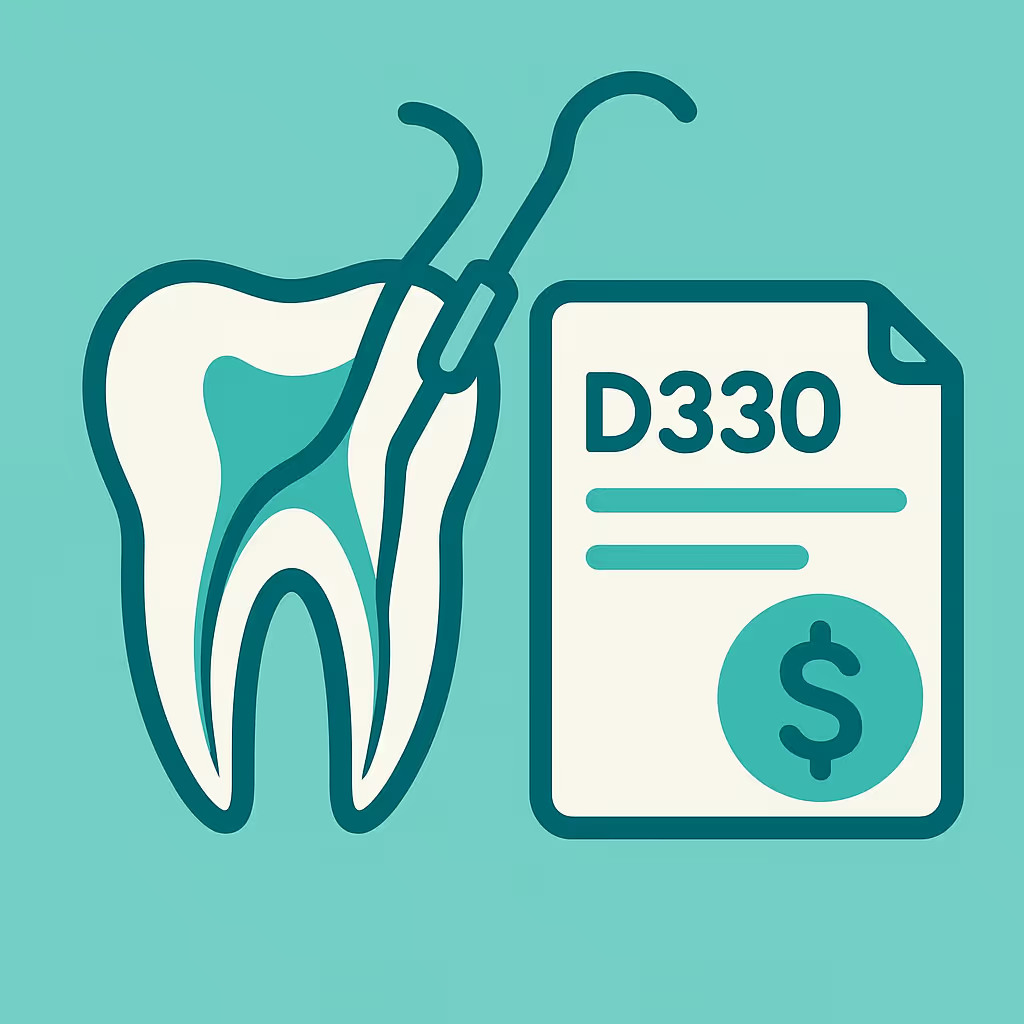Understanding Dental Code D6985
When to Use D6985 dental code
The D6985 dental code is designated for a pediatric partial denture, fixed. This CDT code should be used when a child requires a fixed partial denture to replace missing primary or permanent teeth, typically due to trauma, congenital absence, or early loss from decay. It is important to note that D6985 is specific to pediatric patients and is not intended for use in adult cases. Proper use of this code ensures accurate claims and helps avoid denials or delays in reimbursement.
Documentation and Clinical Scenarios
Accurate documentation is crucial when billing for D6985. Dental teams should record the clinical necessity for the fixed partial denture, including the patient’s age, diagnosis, and reason for tooth loss. Photographs, radiographs, and detailed chart notes describing the edentulous space and the impact on function or esthetics strengthen the claim. Common clinical scenarios include:
- Children with congenitally missing anterior teeth affecting speech or appearance
- Early loss of primary molars resulting in space maintenance needs
- Trauma cases where a fixed solution is preferable to a removable appliance
Always ensure that the documentation clearly supports the medical necessity and the choice of a fixed over a removable partial denture.
Insurance Billing Tips
Billing for D6985 requires attention to payer-specific policies and thorough submission practices. Here are actionable steps for successful claims:
- Insurance Verification: Confirm the patient’s benefits for pediatric prosthodontics and any age or frequency limitations before treatment.
- Pre-authorization: Submit a pre-treatment estimate with supporting documentation (photos, x-rays, narrative) to reduce the risk of denial.
- Claim Submission: Use the D6985 code on the claim form, attach all supporting documents, and include a detailed narrative explaining the clinical need and why a fixed appliance was chosen.
- Explanation of Benefits (EOB) Review: Carefully review EOBs for payment accuracy. If denied, check for missing documentation or policy exclusions and prepare a timely appeal with additional evidence if needed.
- Accounts Receivable (AR) Follow-Up: Track outstanding claims and follow up regularly to ensure prompt reimbursement and minimize AR days.
Staying proactive with insurance verification and documentation can significantly improve your practice’s revenue cycle management (RCM) for pediatric prosthodontic services.
Example Case for D6985
Scenario: A 7-year-old patient presents with congenitally missing maxillary lateral incisors. The dentist determines that a fixed pediatric partial denture is necessary to restore esthetics and function until the patient is old enough for a permanent solution. The office verifies insurance coverage, submits a pre-authorization with clinical photos, panoramic x-ray, and a narrative explaining the developmental and psychosocial impact. The claim is submitted using D6985, and after prompt follow-up, the insurance approves and reimburses the claim.
This example highlights the importance of thorough documentation, insurance verification, and proactive follow-up in successfully billing for D6985 pediatric partial dentures.





